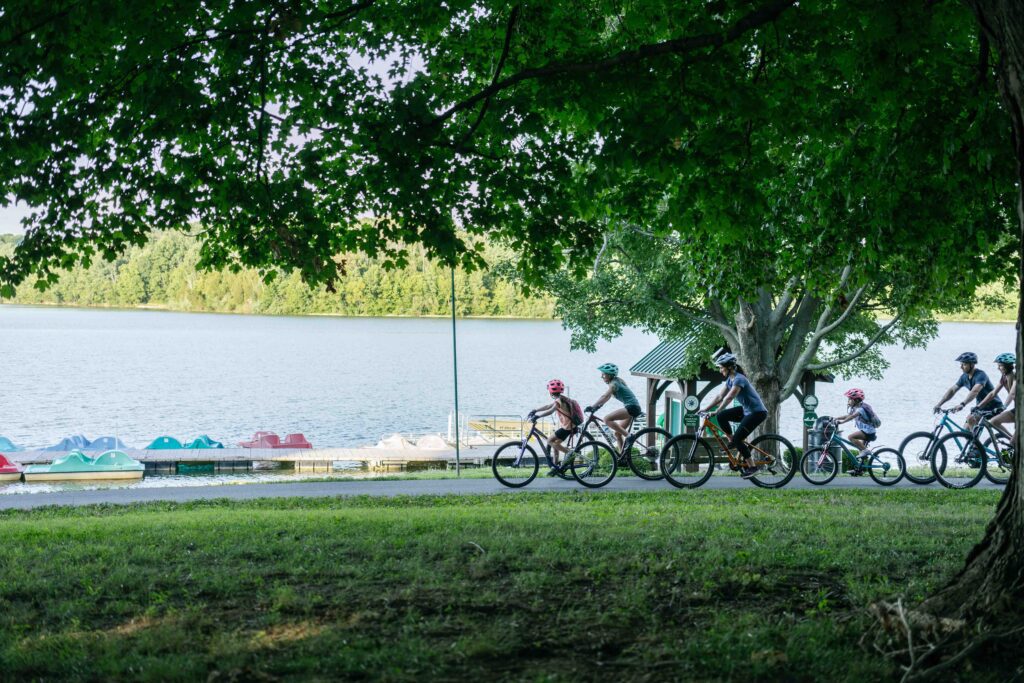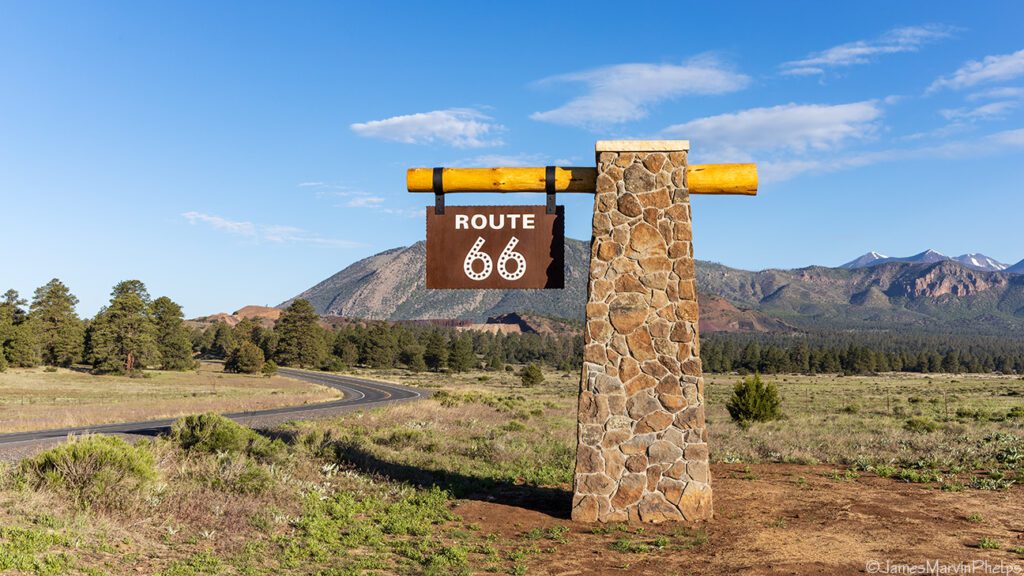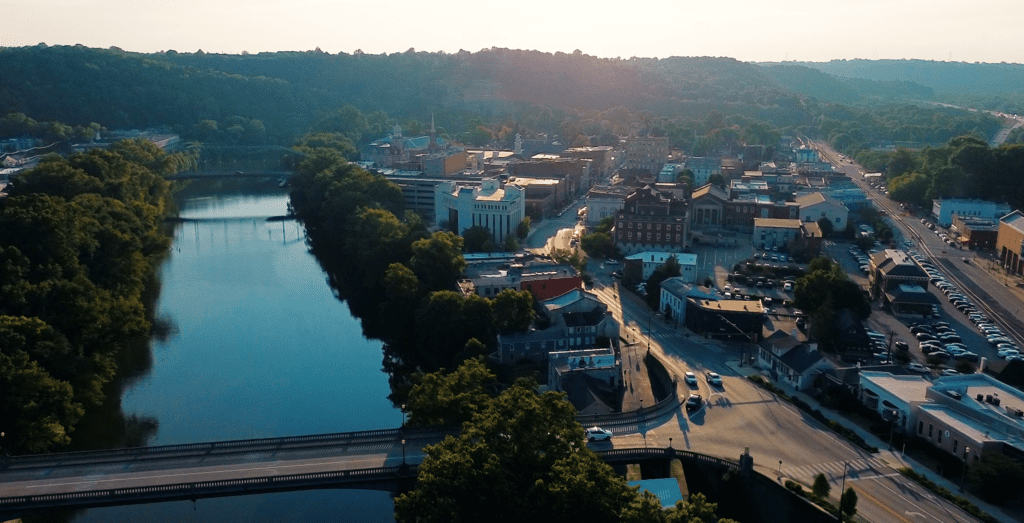This recent addition to the National Park system (the 61st park) is worth a visit any time of year, but spring brings some extra surprises. Located on the southern shore of Lake Michigan, Indiana Dunes National Park has 15,000-acres with 50 miles of trails that enable visitors to explore the amazing sand dunes that give the park its name along with so much more. Wetlands, prairies, rivers and forests expose visitors to a stunning range of botanical diversity (1,130 native plants, 30% of which are listed as rare or threatened, can be found here). The park ranks in the top 10 for biodiversity out of the more than 400 places that the park service oversees.
The essence of this gorgeous place is captured in three simple words on the Indiana Dunes National Park website: Sand and Solitude. And any visitor to the park will definitely experience a healthy dose of each. But in spring, it’d be fair to add “flowers” to that spare description. That’s when the park bursts into bloom, adding splashes of brilliant color to its vast riverbanks that serve as a lovely visual accompaniment to the sounds of numerous migratory birds nesting and resting in the Heron Rookery and in other spots. The photos you’ll snap here in spring are bound to be magical given the park’s unique combination of flowers and birds.
The Spring Wildflowers You’ll See in Indiana Dunes National Park
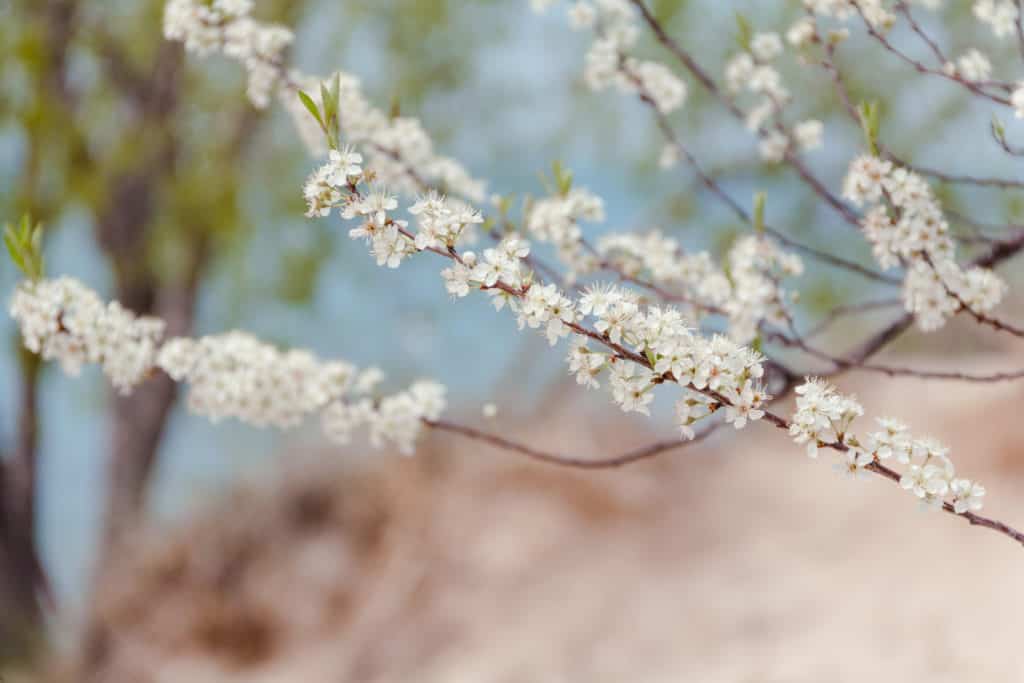
For flower-viewing spots in Indiana Dunes National Park, it doesn’t get much better than the woodlands of the Heron Rookery Trail (3.3 miles long, about 1.5-2 hours of walking) any time from late March to early June, though the peak bloom occurs from late April through mid-May. Just a few steps into the trail, you’ll start seeing a profusion of purple and yellow violets (note their telltale heart-shaped leaves) and Spring Beauty plants, which create a carpet of delicate pink-and-white blooms. The petals’ vivid pink lines all but guide bees to their sweet nectar. Buttercups poke up here and there, too, and the petals’ vibrant yellow hue and native shine make them hard to miss. You’ll also spot wild ginger plants — look for their unusual heart-shaped leaves and bright red cups, which first emerge as buds wrapped in a fuzzy hair-like coat. In addition, Dutchman Breeches, a favorite of wildflower of hunters everywhere, dot the entire forest floor with their odd-shaped white flowers resembling pants (hence, the name).
Mayapple is another wildflower you’ll find in spring along the park’s Little Calumet River trail system that traverses a forest with maple, beech, basswood and oak trees and along a stretch of the Little Calumet River. Check out the Little Calumet River trail to see dense colonies of these distinctive apple-blossom-like flowers; they love the dappled sunlight and woodlands along this pathway. The plant grows up to 18 inches tall and puts out a large white flower between two umbrella-like leaves; later an edible fruit emerges, attracting squirrels and other wildlife scavengers.
On top of the spring wildflowers, hikers who head to the oak savannas of the park from mid-May to June will see Wild Lupine and the Karner Blue Butterfly caterpillars who feast on them as their sole source of food. The best trails for taking in the explosion of blue and purple pea-like blooms perched atop spiky stalks are the Paul H. Douglas Trail (3.4 miles; 2 hours of walking) at West Beach and the Tolleston Dunes Trail (2.9 miles; 2 hours of walking.)
Accessibility tip: The Tollestone Marsh Overlook is wheelchair accessible.
On the Paul H. Douglas Trail in Miller Woods, you’ll have access to exciting sightings that go far beyond the forest floor (which is absolutely teeming with wildflowers in the spring) and interdunal ponds (look out for beavers). You’ll also get unbelievable views of Lake Michigan and the surrounding dunes.
The Tolleston Dunes Trail traverses sand dunes that are 4,700 years old and feature rare black oak savanna and wetlands. In addition to the abundant wild blue lupine flowers that grow here, you can spot prickly pear cactus and butterfly weed.
A Never-Ending Flower Show
New blooms emerge literally every week throughout the spring months. Given the duration of this ‘wildflower parade’ and the park’s huge biological diversity, return visits ensure fresh floral sights.
To find out exactly what’s blooming when, give the park visitor center a call at 219-395-1882. You can also go on a ranger-led hike throughout the spring to see the wildflowers and learn more about them.
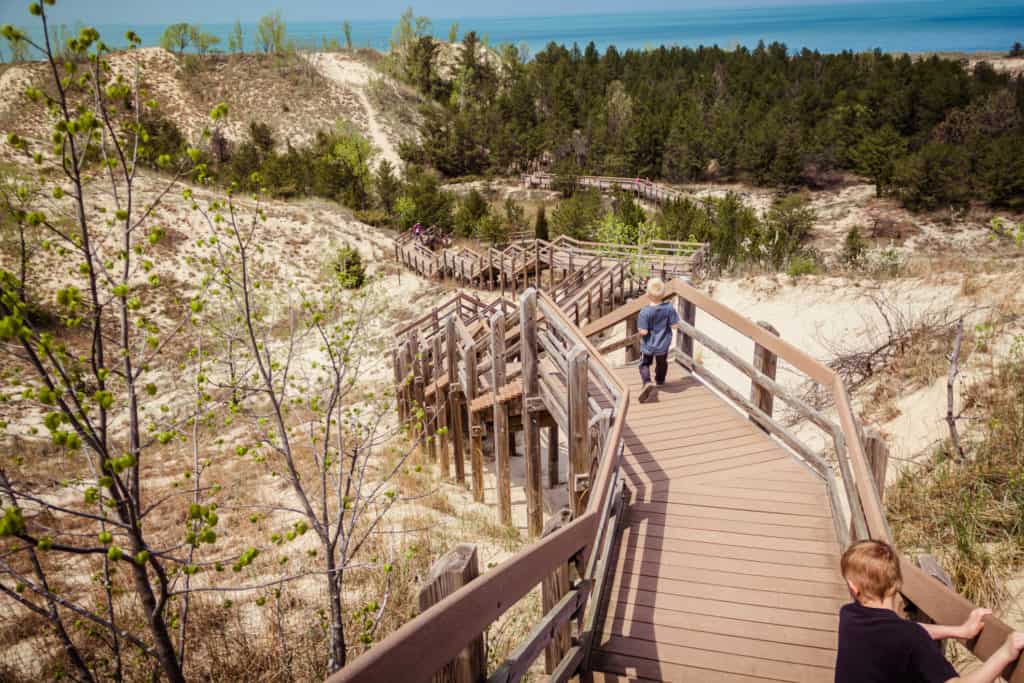
More Things to Do in Indiana Dunes National Park
Hit the beach, bike, fish, paddle and camp
Of course, woodland hiking and wildflower viewing is far from the only things you can do in spring in this amazing park. Hike the dunes, picnic and catch rays on the 15 miles of beaches along the southern tip of Lake Michigan, bike on an interconnected trail system that spans 37 miles across the length of the park, fish and paddle (kayak the Little Calumet River Water Trail East Branch using its new access points) and camp on the Dunewood Campground.
Accessibility tip: Four sites among the 66 camp sites are wheelchair accessible.
Take in the vistas
The open vista at West Beach provides clear views of the park’s largest dunes. Hike the Dunes Succession Trail to the top of a West Beach dune or head to the trail stairs to get a sweeping panoramic view of the land, the lake and the Chicago Skyline in the distance.
Accessibility tip: The walkway to the beach is wheelchair accessible.
Dig deeper into the environment
The park also contains an educational center — the Paul H. Douglas Center for Environmental Education, which will give you a deeper understanding of the park’s natural environment via fascinating exhibits, lectures and more.
Birdwatching festivities
For more orchestrated bird-watching opportunities in spring, attend the annual Indiana Dunes Birding Festival, which is held in mid-May and highlights the migratory birds in the Indiana Dunes with hybrid virtual and in-person programs.




